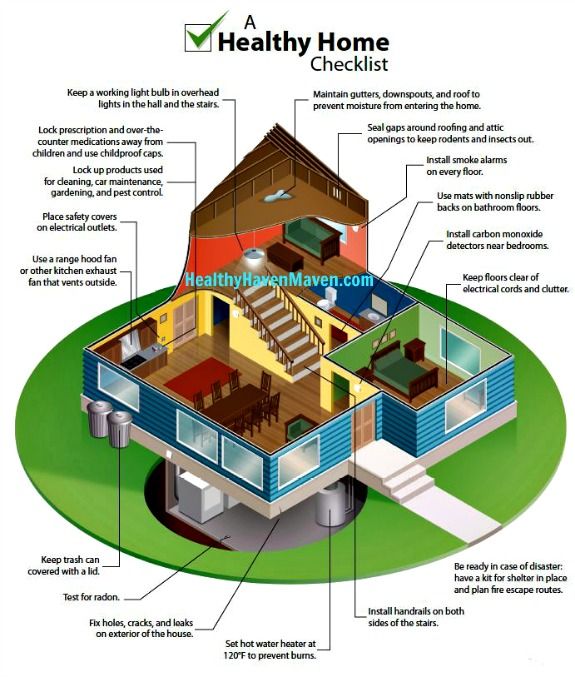The Future Of Home Heating - Just How Heat Pump Technology Is Evolving
The Future Of Home Heating - Just How Heat Pump Technology Is Evolving
Blog Article
Created By-Marshall Kaae
Heatpump will be a crucial innovation for decarbonising heating. In a circumstance regular with federal governments' introduced energy and environment commitments, their international capacity doubles by 2030, while their share in heating rises to one-quarter.
They work best in well-insulated homes and rely upon electrical power, which can be supplied from an eco-friendly power grid. Technological breakthroughs are making them much more efficient, smarter and more affordable.
Gas Cells
Heat pumps use a compressor, refrigerant, coils and followers to move the air and warm in homes and devices. They can be powered by solar power or electrical energy from the grid. They have been obtaining appeal due to their affordable, peaceful procedure and the capacity to create electrical energy throughout peak power need.
Some business, like IdaTech and BG MicroGen, are working on fuel cells for home heating. These microgenerators can change a gas central heating boiler and create a few of a home's electric needs with a link to the electrical power grid for the remainder.
But there are reasons to be cynical of using hydrogen for home heating, Rosenow claims. It would certainly be pricey and inefficient contrasted to other modern technologies, and it would include in carbon exhausts.
Smart and Connected Technologies
Smart home innovation permits house owners to connect and control their gadgets from another location with the use of smartphone apps. As an example, wise thermostats can learn your home heating preferences and automatically adapt to maximize energy consumption. Smart illumination systems can be controlled with voice commands and instantly switch off lights when you leave the room, minimizing energy waste. And clever plugs can keep an eye on and handle your electric usage, enabling you to recognize and limit energy-hungry devices.
The tech-savvy household shown in Carina's interview is a good image of how occupants reconfigure area home heating methods in the light of brand-new clever home modern technologies. They rely on the devices' automated attributes to carry out day-to-day modifications and regard them as a practical ways of performing their home heating practices. Therefore, they see no reason to adjust their practices further in order to make it possible for flexibility in their home power demand, and interventions focusing on doing so might deal with resistance from these families.
Power
Because heating up homes make up 13% of US discharges, a button to cleaner options can make a large difference. But the technology encounters obstacles: It's pricey and requires considerable home renovations. And it's not always suitable with renewable resource resources, such as solar and wind.
Until lately, electrical heatpump were as well costly to take on gas models in most markets. However new developments in layout and materials are making them a lot more affordable. And far better chilly climate efficiency is enabling them to function well even in subzero temperature levels.
The following step in decarbonising home heating might be the use of warm networks, which draw warmth from a main resource, such as a neighboring river or sea inlet, and distribute it to a network of homes or buildings. That would lower carbon emissions and enable homes to benefit from renewable energy, such as eco-friendly power from a grid provided by renewables. This choice would certainly be much less pricey than changing to hydrogen, a nonrenewable fuel source that requires brand-new framework and would only decrease carbon dioxide discharges by 5 percent if paired with improved home insulation.
Renewable Energy
As electrical power prices go down, we're starting to see the same trend in home heating that has driven electrical autos into the mainstream-- however at an even quicker speed. The solid climate case for electrifying homes has been pushed additionally by brand-new research study.
Renewables represent a substantial share of modern-day warm consumption, yet have been given restricted plan interest globally contrasted to various other end-use markets-- and also less focus than electricity has. In part, this shows a mix of consumer inertia, split motivations and, in numerous nations, aids for fossil fuels.
New innovations can make the shift simpler. For https://erickxfmsy.blogtov.com/9785987/the-ultimate-overview-to-understanding-warm-pumps-how-do-they-function , heatpump can be made more energy efficient by changing old R-22 cooling agents with brand-new ones that don't have the high GWPs of their precursors. Some professionals additionally imagine area systems that draw warmth from a close-by river or sea inlet, like a Norwegian arm. The warm water can then be made use of for heating and cooling in a neighborhood.